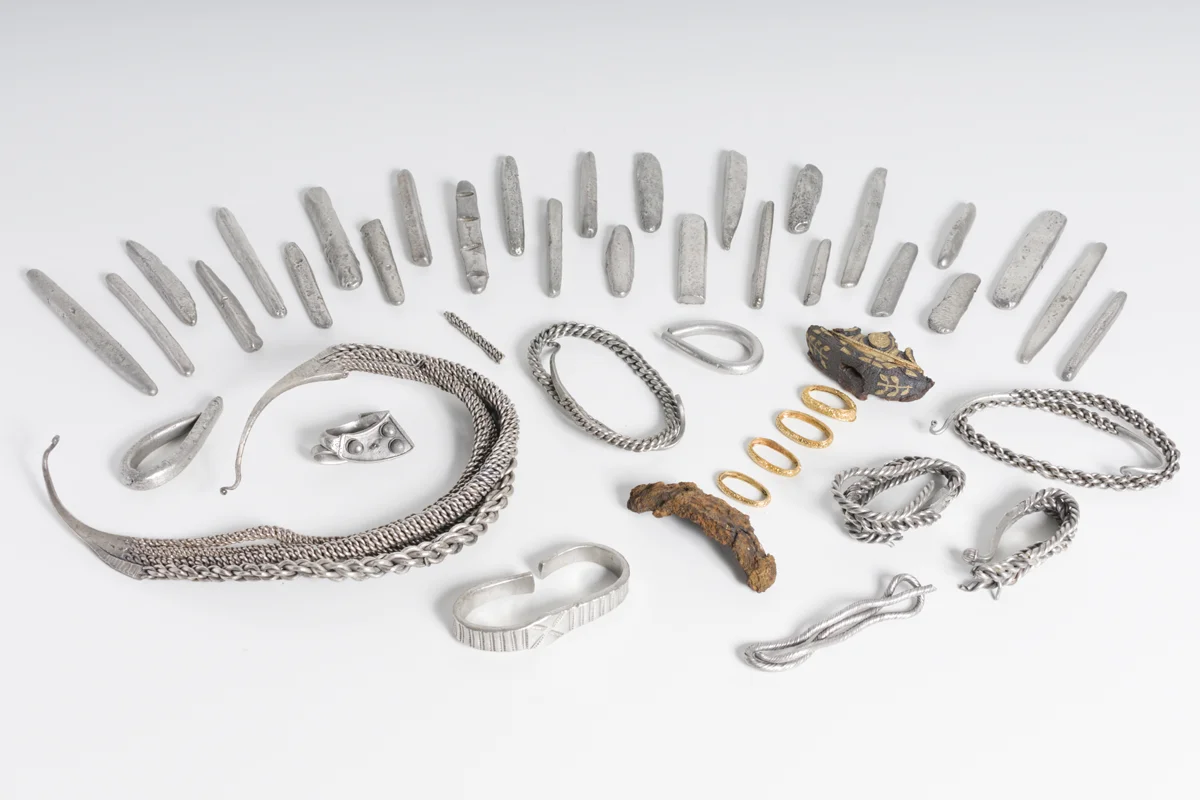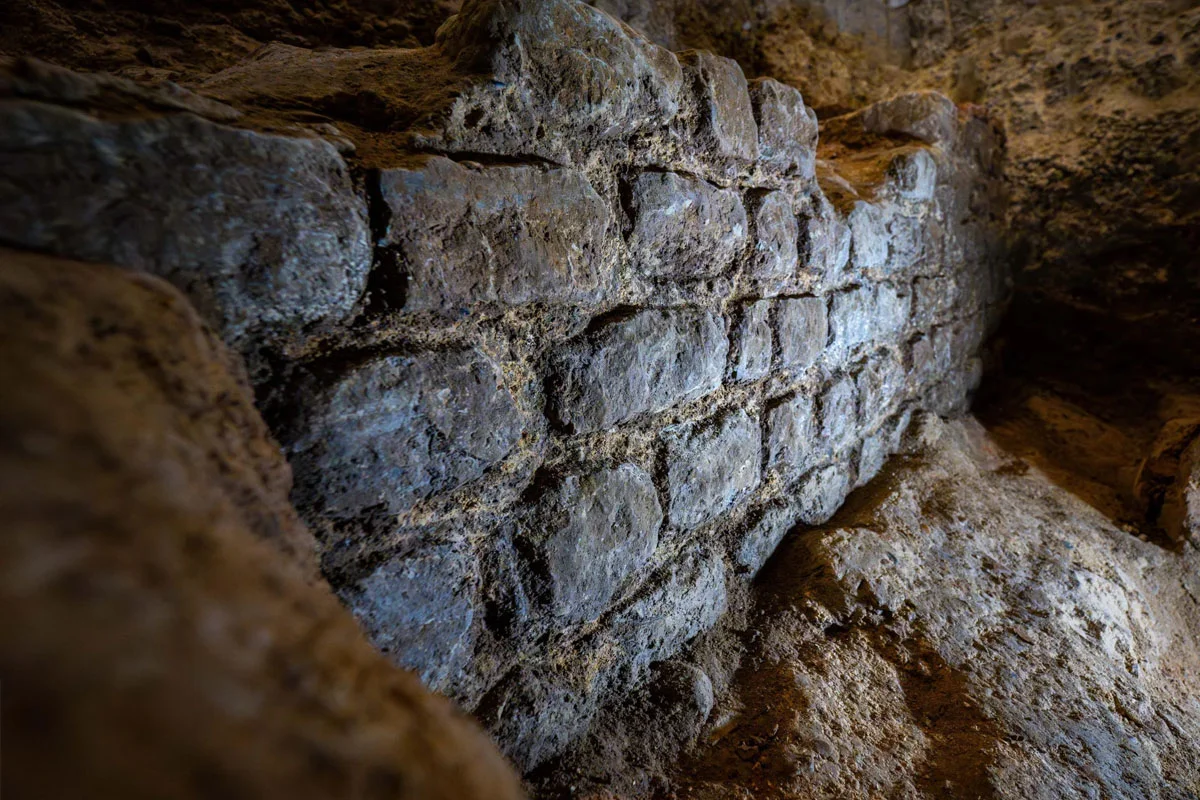Viking Hoard Reveals Surprising Trade Links Between England and the Islamic World

A Viking-Age silver hoard unearthed in Bedale, North Yorkshire, is rewriting our understanding of Viking-era trade. Analysis reveals that a significant portion of the silver, dating back to the 9th-10th centuries AD, originated not from local plunder but from the Islamic world, specifically Iran and Iraq. This silver traveled along established trade routes, reaching Scandinavia and eventually England. The discovery challenges the simplistic 'Viking raider' stereotype, highlighting the sophisticated trade networks and economic integration of Viking-Age England within a broader Eurasian economic system. The hoard's contents, including ingots, necklaces, and a sword pommel, demonstrate the Vikings' ability to refine and recast silver, blending Eastern and Western materials, showcasing cultural fusion alongside economic exchange.
Read more
